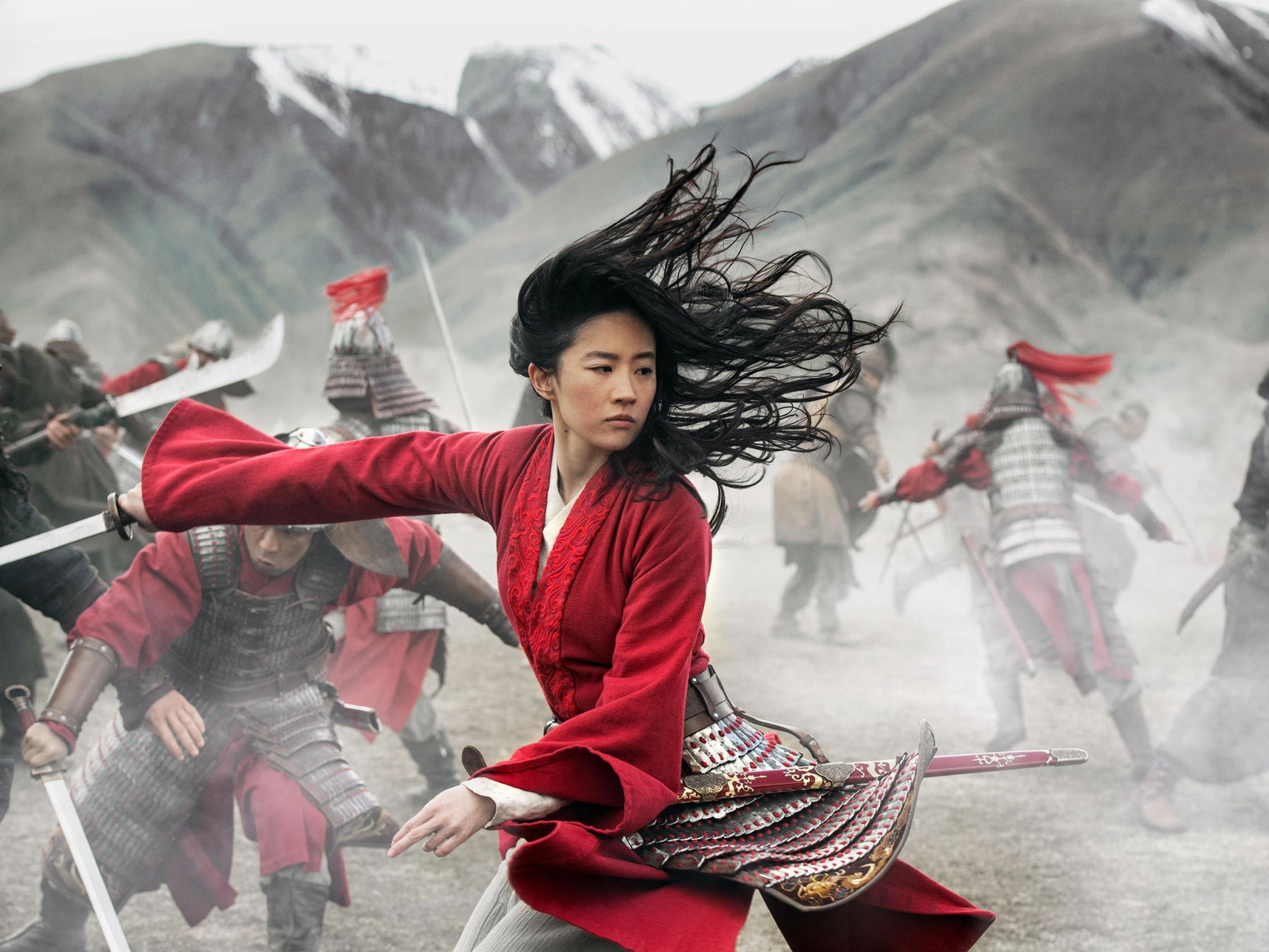Mulan: The real story behind the legendary Chinese warrior
As the live-action adaptation of Mulan is released on Disney Plus on Friday 4 September, Sabrina Barr takes a look at the origins of her story

For children who grew up in the 1990s, the release of Disney’s 1998 animated film Mulan signified the arrival of a hero like no other; a woman who fought against societal expectations and gender norms to uphold values such as bravery, self-belief and boundless determination.
More than two decades after the film was released – one of the last classics in the Disney Renaissance era, which spanned from 1989 to 1999 – Disney is releasing a live-action version of the tale on its recently-launched streaming platform, Disney Plus.
The film will first be made available on Disney Plus for a fee of £19.99 from Friday 4 September, before becoming available alongside the rest of Disney’s offerings on the platform in December.
Both the animated and live-action films tell the story of a young woman who decides to enlist in the Chinese army in the place of her aged father, concealing her true identity by pretending to be a man.
While many people may associate Mulan with the Disney films, some may not be aware of the origins of her story, the roots of which can be traced back to folk stories going back centuries.
While it cannot be confirmed if Mulan was a real person, her story has inspired countless people for hundreds of years, a legacy that continues to this day.
Where does the tale of Mulan come from?
The story of Mulan comes from an ancient Chinese poem called the Ballad of Mulan, which is set in the Northern Wei Dynasty, between 386 to 534 AD.
At the time of the Northern Wei era, the Hun people – or Xiongnu people – would often invade the northern parts of Han China, tour company China Highlights says.
“Based on Chinese historical documents, a real war happened between the Northern Wei state and a Mongolic state called Rouran,” the company states.
“In 429, the emperor (khan) of Northern Wei led an army to fight Rouran, which according to the Ballad of Mulan lasted 12 years.”
In the Ballad of Mulan, after Mulan enlists in the army, she ends up excelling in her position, having already been taught martial arts and how to fight with a sword.
She remains a warrior for 12 years, all-the-while keeping her true identity hidden.
When her time in the army comes to an end, she returns home to her family, turning down an offer of recognition for the role she played. It is only at this point, the story states, that her fellow soldiers learn that she is a woman.
According to China Highlights, the Ballad of Mulan became well-known during the Tang Dynasty in China, between 618 to 907 AD, which is when it began circulating more widely as a commonly-told folk story.
Adaptations of her story throughout the years
Centuries after the tale of Mulan gained prominence, 16th-century playwright Xu Wei wrote an adaptation of the original poem for the stage, which was named “The Heroine Mulan Goes to War in Her Father’s Place”, a play in two acts.
The following century, a book titled Romance of Sui and Tang, by Chu Renhuo, was published, which offered a slightly different interpretation of Mulan’s story.
In the 2006 book Negotiating Masculinities in Late Imperial China, author Martin W Huang delves into the inner workings of the story.
The reworked tale tells the same story of Mulan joining the army instead of her father, this time set in the seventh century.
In the story, Mulan is captured on the battlefield by Xia king Duo Jiande. After being captured, Mulan meets his daughter, Duo Xianniang, who is also a warrior, who becomes her “sworn sister”, Huang writes.
While in the original Ballad of Mulan, the warrior returns to her family when her fighting days are over, in the Romance of Sui and Tang, she comes home to discover that her father has died and her mother has remarried.
Following her discovery, Mulan is ordered to join the harem of a Turkish khan. Huang recounts how in the tale, Renhuo writes that rather than join the harem as ordered, Mulan decides to take her own life.
The legacy of a warrior
While there is no clear-cut answer as to whether or not Mulan was a real person, there are some who believe that she was.
On the website mulanbook.com, it states that there is a memorial dedicated to Mulan in Hubei, which claims to be the original hometown of the warrior.
While historian Zhu Guozhen claims that Mulan was born in Bozhou, other academics have also alleged that she comes from regions including Shanxi, Henan and Hebei, the website says.
The general consensus appears to be that Mulan is a fictitious character. But regardless of whether or not she was a real person, she remains an inspirational figure for children and adults alike.
Mulan is frequently described as being one of the top characters ever released by Disney, not to mention one of the film studio’s most popular heroines.
To end with one of the most memorable quotes from the 1998 Disney classic: “The flower that blooms in adversity is the most rare and beautiful of them all.”
Subscribe to Independent Premium to bookmark this article
Want to bookmark your favourite articles and stories to read or reference later? Start your Independent Premium subscription today.

Join our commenting forum
Join thought-provoking conversations, follow other Independent readers and see their replies